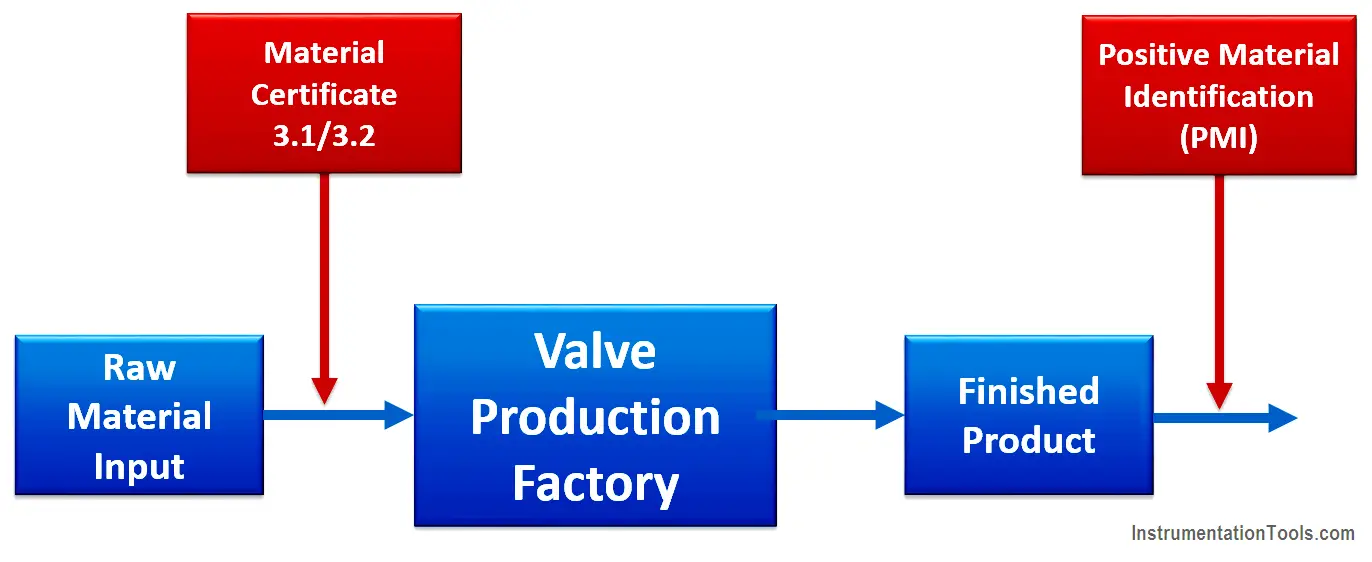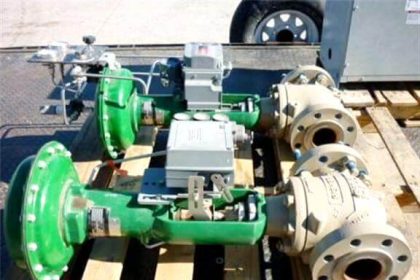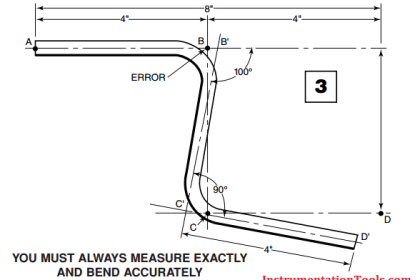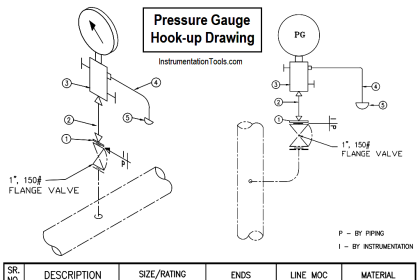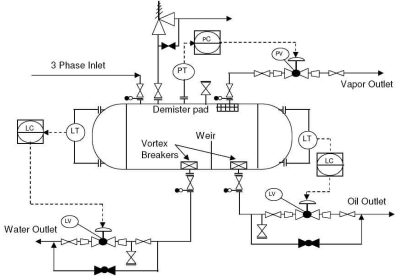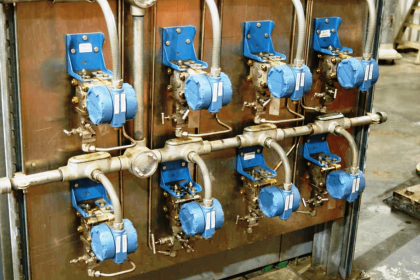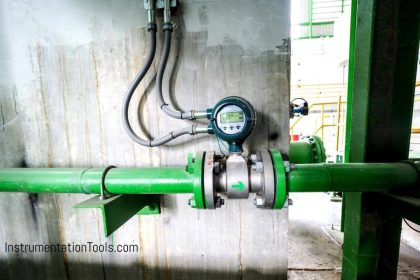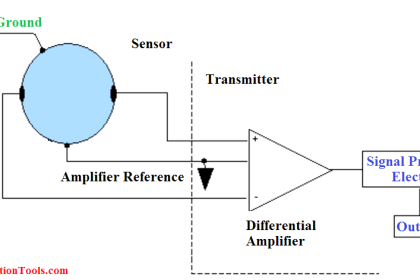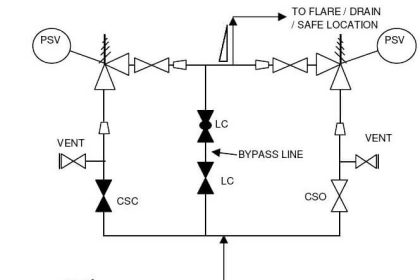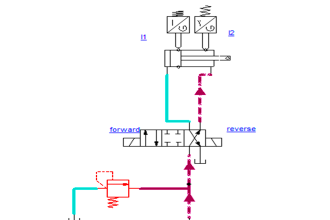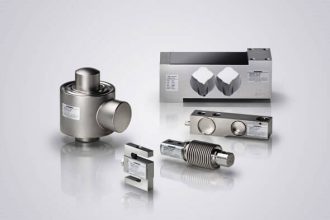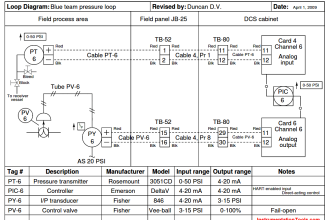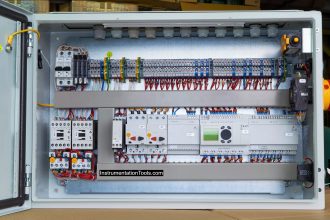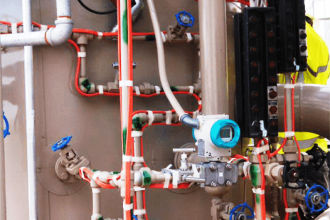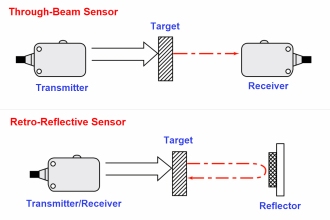PMI stands for Positive material Identification basically we check the material content, Material Certificate as the name suggests also describes the material content
so what is the difference between them?
When we have especially Higher Grade materials like Alloy C-276 etc. we ask for both WHY??
Example – Milkshake
Suppose you need milkshake of 1000 liters from a milkshake vendor
And you want the sugar to be used of Grade A in the milkshake.
But in order to be sure that the milkshake vendor uses Grade A sugar and not the cheap sugar you do two things
STEP 1:- You ask the Vendor to submit the Detail bill (like a material certificate) of sugar purchased from wholesaler (D-MART etc) to ensure the vendor has bought Grade A sugar.
Now:- When you receive 1000 tons of milkshake there could be a chance that vendor bought the Grade A sugar from D-MART but did not use it in your milkshake and used some cheap quality
STEP 2:- So you run a test (like PMI) in milkshake sample or entire lot to know whether grade A sugar was put in it or not.
Same is with PMI the PMI could be done on a few tags or an entire lot of tags ( Also referred to as 100% of Tags) or 10% of tags etc depending on criticality etc.
Example in one of my project for Bolts only 10% of the lot would undergo PMI was finalized and agreed by the client so cost could be minimized.
Example:-
Suppose we want 100 Valves of Grade A so when the vendor buys the Material from the supplier, the supplier produces a Certificate called material certificate 3.1 and after the Valve is manufactured to ensure that the same material is used and no mixing has taken place PMI test is done.
In Short Material certificate is for Material Quality of Raw material and PMI is for the finished product
Material Certificate is Divided into 2 types
Material Certificate 3.1
This in brief means: -This certificate given by the manufacturers own representative who was not involved in the manufacturing process himself
Material Certificate 3.2
Here a 3rd party (independent inspection authority) is involved which checks the material and the certificate is provided
Its is also sometimes referred to as CMTR:- Certified Material test Report
Thanks for reading!!!
Credits:- Thanks a lot to Satish Sohani for explaining this concept to me!
PS: This is as per the best of my understanding!
Author: Asad Shaikh
Profile: Linkedin
Read Next:
- Analog Signals Wiring
- DP Level Transmitter
- Loop Power Supply Questions
- DP Transmitter Calculations
- Industrial Instrumentation Quiz
